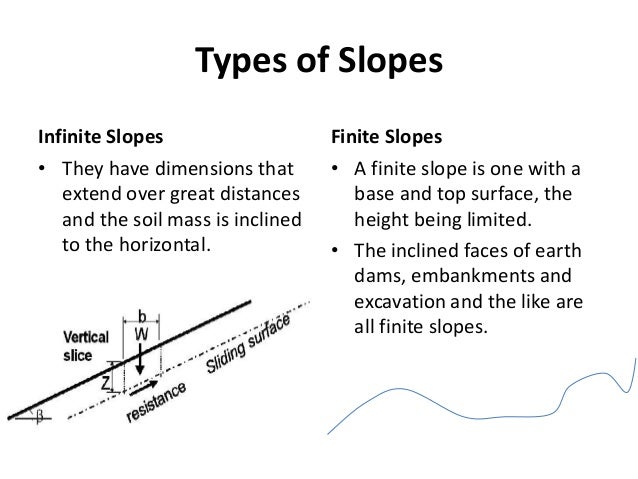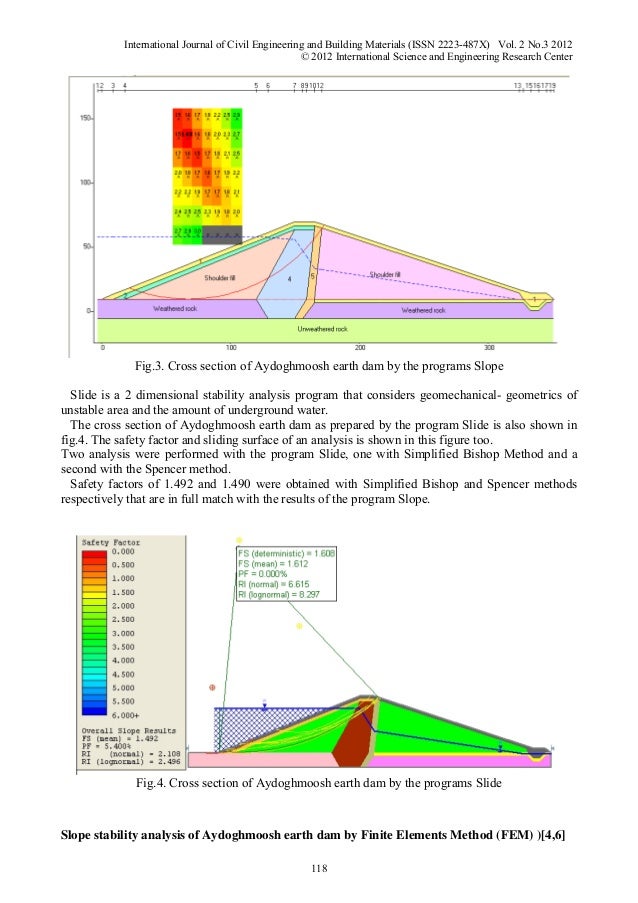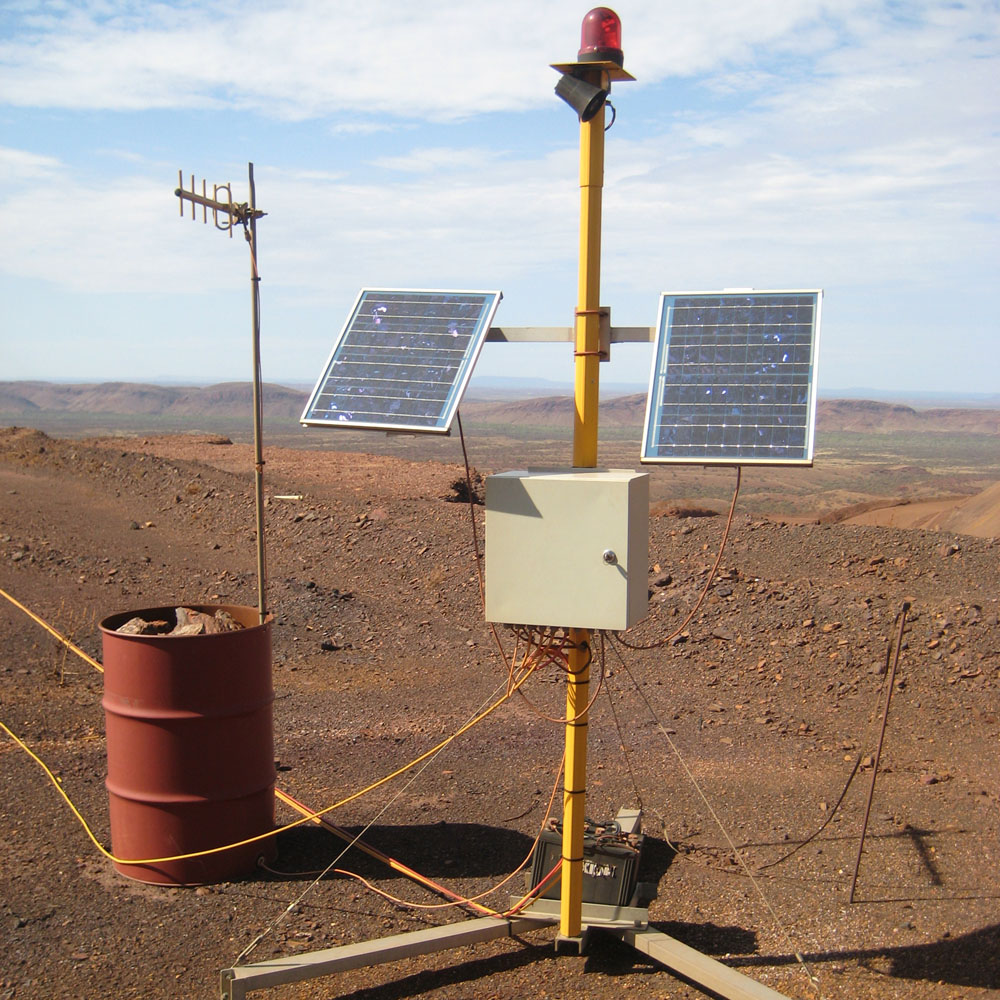Infinite And Finite Earth Slopes Presentation
| Introduction to Earth Slopes | ||
|---|---|---|
| Earth slopes refer to the natural inclination or angle at which the surface of the earth changes. Infinite and finite earth slopes are two different types of slope configurations. Understanding these slope types is crucial for various engineering and geological applications. | ||
| 1 | ||
| Infinite Earth Slopes | ||
|---|---|---|
| Infinite earth slopes have a constant angle of inclination that extends indefinitely. These slopes are typically found in natural landscapes, such as mountainsides or cliffs. The stability of infinite earth slopes is influenced by factors like soil composition, water content, and geological dynamics. | ||
| 2 | ||
| Factors Affecting Stability | ||
|---|---|---|
| Soil composition plays a significant role in the stability of infinite earth slopes. Water content within the slope can affect its stability, as it may lead to increased pore pressure and reduced shear strength. Geological dynamics, such as seismic activity or weathering, can also impact the stability of infinite earth slopes. | ||
| 3 | ||
| Finite Earth Slopes | ||
|---|---|---|
| Finite earth slopes have a limited horizontal extent and are typically engineered structures. These slopes are commonly seen in construction projects like highways, dams, and embankments. Stability analysis and slope reinforcement measures are crucial for finite earth slopes. | ||
| 4 | ||
| Stability Analysis for Finite Earth Slopes | ||
|---|---|---|
| Stability analysis involves assessing the forces acting on a finite earth slope and determining its ability to resist failure. Factors considered in stability analysis include slope geometry, soil properties, and external loads. Various methods, such as limit equilibrium analysis or numerical modeling, can be employed for stability analysis. | ||
| 5 | ||
| Reinforcement Measures for Finite Earth Slopes | ||
|---|---|---|
| Reinforcement measures are often necessary to enhance the stability of finite earth slopes. Common techniques include the use of geosynthetic materials, such as geotextiles or geogrids. Other methods may involve soil stabilization, such as the addition of cement or chemical binders. | ||
| 6 | ||
| Monitoring and Maintenance | ||
|---|---|---|
| Regular monitoring of both infinite and finite earth slopes is essential to ensure their stability. Monitoring techniques may include slope inclinometers, piezometers, or satellite-based remote sensing. Timely maintenance and repair of any identified issues are crucial to prevent slope failure. | ||
| 7 | ||
| Case Study: Infinite Earth Slope Failure | ||
|---|---|---|
| Provide a brief overview of a real-life case study where an infinite earth slope experienced failure. Highlight the factors that contributed to the failure, such as heavy rainfall, geological conditions, or human activities. Discuss the consequences of the slope failure and any mitigation measures implemented. | ||
| 8 | ||
| Case Study: Stability Enhancement of Finite Earth Slope | ||
|---|---|---|
| Present a case study showcasing the stability enhancement of a finite earth slope. Explain the specific reinforcement measures employed, such as the use of geosynthetics or soil stabilization techniques. Discuss the successful outcome of the slope stabilization and any lessons learned. | ||
| 9 | ||
| Conclusion | ||
|---|---|---|
| Infinite and finite earth slopes are two distinct slope configurations with different characteristics and stability considerations. Understanding and analyzing the factors influencing slope stability is crucial for engineering and geological applications. Proper monitoring, maintenance, and reinforcement measures are essential in ensuring the stability of both infinite and finite earth slopes. | ||
| 10 | ||








